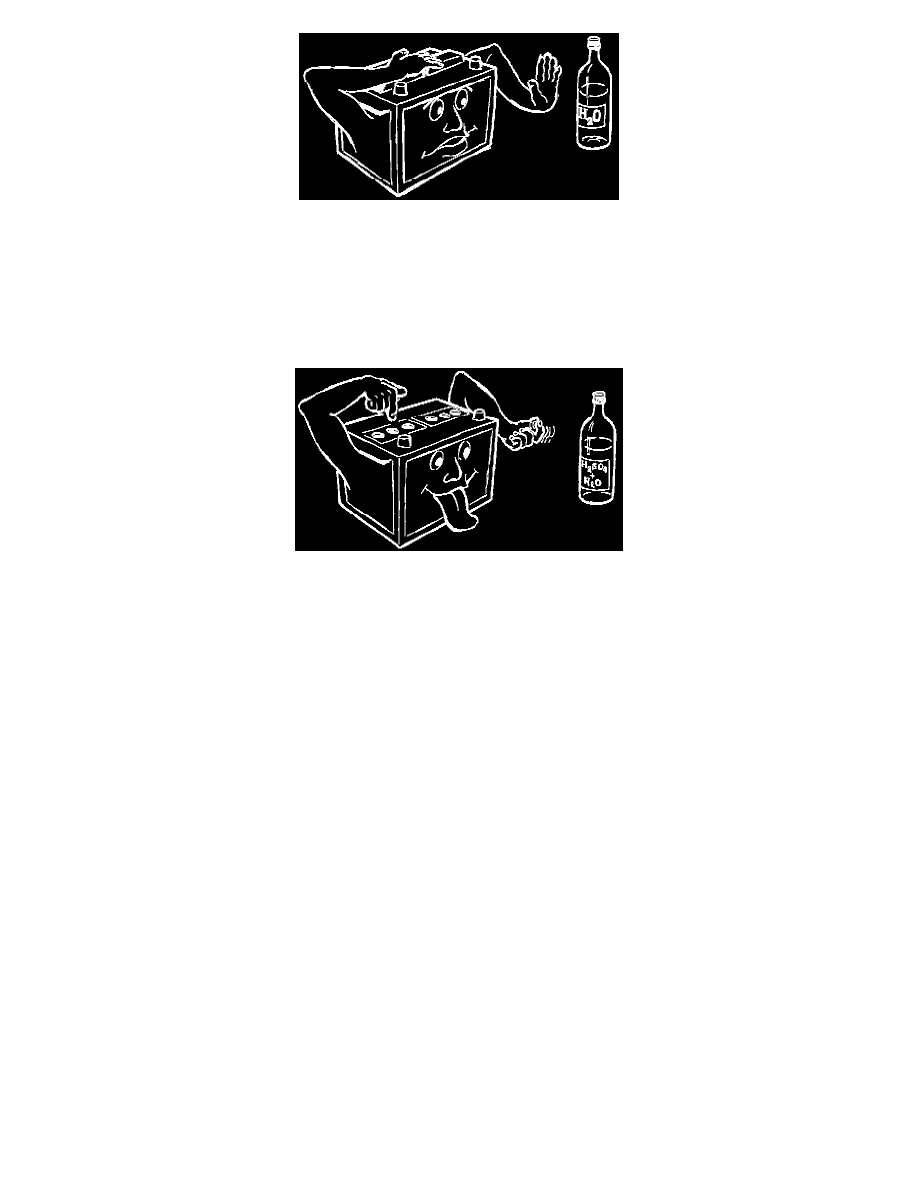940 L4-2.3L SOHC VIN 88 B230F (1992)

Low maintenance batteries
Antimony is added to normal batteries to achieve a desired grid hardness. It does, however, cause to some extent gassing and thereby more water is used
up.
In low maintenance batteries the amount of antimony used is reduced and the same hardness is achieved by "ageing" the grids. Water consumption is
thereby reduced to approximately one third which means that the battery's electrolyte level need only be checked at normal service intervals i.e.
10.000-15.000 km.
Dry charged batteries
The consistency of the plates in a dry charged battery is such that the battery can be used approx. 20 minutes after adding the battery acid and without
the need to charge.
Dry charged batteries can be stored for long periods of time provided that they are kept dry and cool. If they are kept warm and damp the coating on the
plates becomes neutralized with time and the battery must be charged, after addition of battery acid, using approx. 2/3 normal charge current.
Batteries for tropical climates
Batteries designed for countries with tropical climates are constructed in the same way as normal standard batteries. The density of the battery acid is
however different. It is made weaker to slow down the rate of the chemical reaction and to reduce self discharge.
Comparison of densities (kg/dm3)
State of charge
Standard battery
Tropical battery
Fully charged
1.28
1.23
Half-charged
1.21
1.15
Discharged
1.12
1.08
